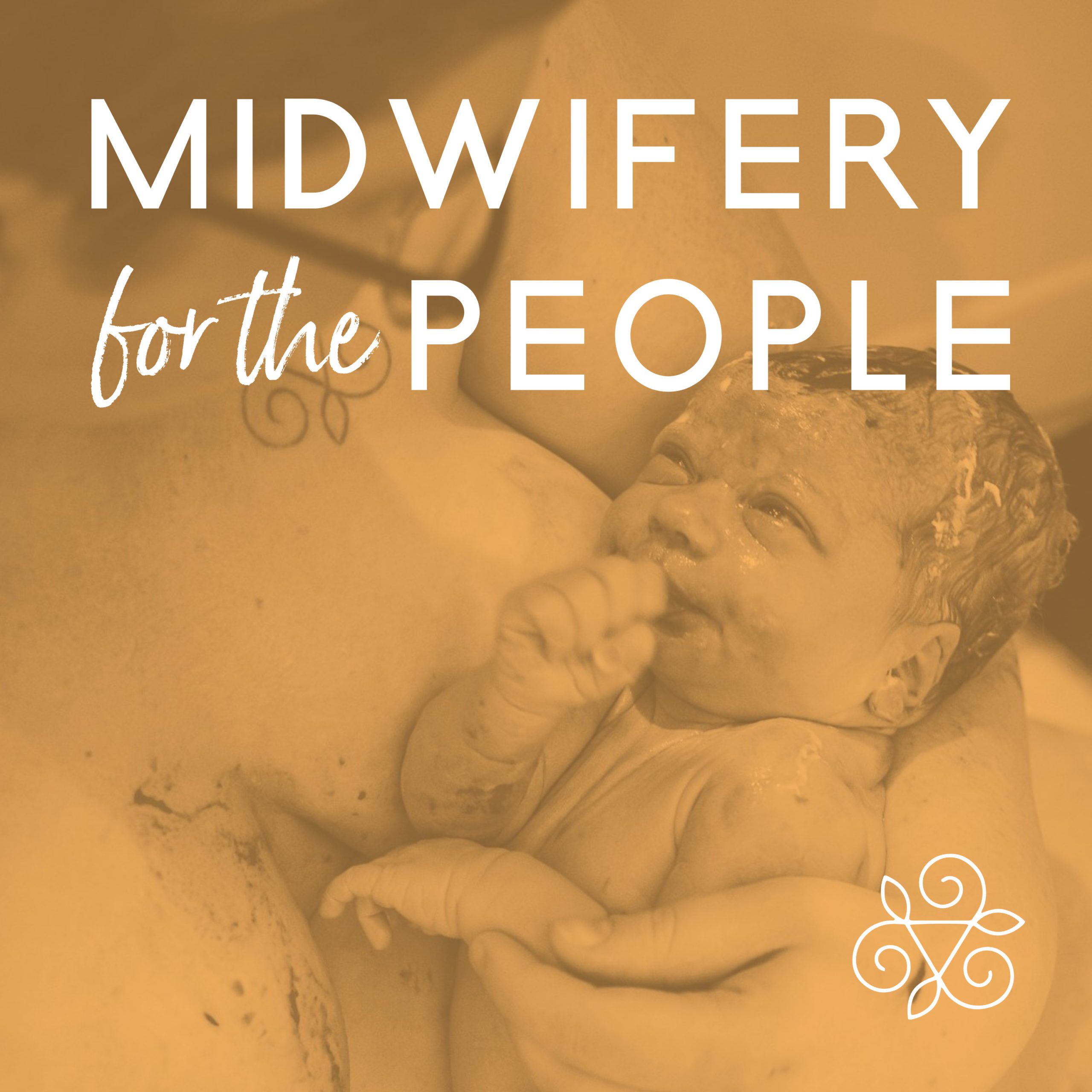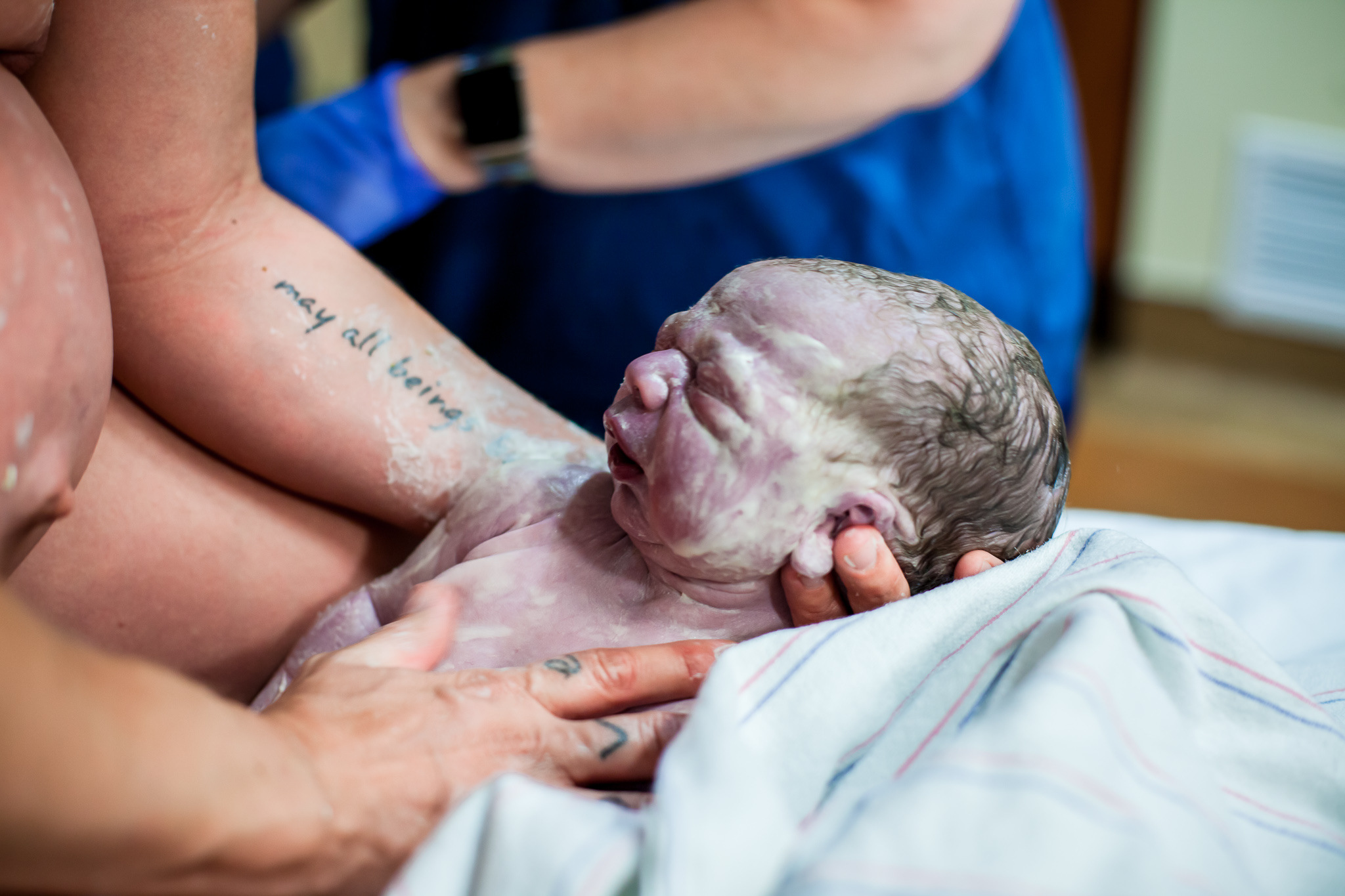Now that I have my very own baby, I find myself here in the postpartum for the first time. There are so many postpartum topics that deserve attention, but the topic of birth control and fertility has come up quite a bit through talking with other postpartum mamas. Now, I don’t love the term “birth control”, since here at Indie Birth we know there is very little we can or should try to control about birth! But when we understand our bodies, and the way our fertility works, we can more easily choose how we use our fertility, or not. And being aware of our fertility isn’t just for achieving or avoiding pregnancy, it is a basic life skill that is super empowering and can also help us understand other aspects of our own health. That said, the methods that fall under the umbrella of “Natural Family Planning” (NFP) are 100% natural, non-toxic, pretty much free, and EFFECTIVE ways to prevent another pregnancy until you and your partner are ready to invite the next baby into your lives. Studies have shown that NFP is as effective as the birth control pill when used correctly.
Postpartum Fertility
After birth, prolactin (the hormone of breastfeeding) suppresses the hormonal cascade that needs to happen for ovulation to occur. The first few months postpartum are a time when longer term infertility can be established by frequent nursing (once or twice an hour, can be short feeds), co-sleeping/co-bedding, skin to skin time with baby, not being separated from baby, and wearing or holding baby often during the day. If this happens in the first few months, your cycle is less likely to return soon, even if you start nursing less or spending some time away from your baby.
Chances of conceiving in the first 8 weeks after birth are nearly zero if you are exclusively breastfeeding (meaning no bottles or pumping, and allowing baby non-nutritive sucking at the breast as well as opposed to pacifiers or thumb sucking).
Risk of becoming pregnant in the first 6 months, if exclusively breastfeeding, is 2%.
If you are still breastfeeding after 6 months, you have about a 60% chance that you will ovulate before your first bleeding. The other 40% of women will have some sort of breakthrough bleeding to indicate they are nearing a true ovulatory cycle. (Singer, page 67-68).
Within FAM are also ideas to help your cycle return if you are wanting to try to conceive again, or just have a predictable cycle again to make NFP easier once you are experiencing lots of fertile mucous.
NFP Methods
There are different methods out there, and I personally don’t recommend one over another, although the method I teach is the Fertility Awareness Method (FAM). The methods which utilize the observation of cervical fluid, cervical position, and basal body temperature are all scientifically sound, and vary only slightly. If you are new to these ideas, I suggest you do a little research and see which one feels right to you, but don’t get bogged down doing so. Start learning the basics about how fertility works and how to observe fertility signs, since those are universal. As you learn more, I’m sure you’ll begin to understand the differences more clearly and will be able to find what works best for you before you put NFP into action and are actually implementing the “rules” of any particular method.
What I do NOT suggest doing is only learning a tiny bit, and then using this as your sole method of preventing pregnancy. I also don’t suggest using ovulation predictor strips/tests, any version of the rhythm method, and certainly not coming up with your own “version” of NFP that you then rely on for prevention. There is a lot of misinformation out there, and I have known and spoke with more than a few women who became pregnant when they weren’t intending to because they thought they were doing NFP when they were just guessing (incorrectly) about their fertile window based on a misunderstanding about the process or the signs.
Where to Start
For seasoned fertility trackers and newbies alike, my first recommendation is to order yourself a copy of Katie Singer’s book Garden of Fertility. It is a lesser known book but I have found that it is much more concise and reader friendly than other books that are often recommended or referred to. It has everything you need to get started with using NFP, though the suggestion is always to practice charting for several cycles before using it as your sole method of prevention, and even better if you take a class or can get a FAM teacher to consult with first.
FAM to Prevent Pregnancy in the Postpartum
Tracking your fertility in the postpartum is really more about tracking your infertility at first if you are exclusively breastfeeding, co-sleeping, and with your baby for most of the day. Most women experience a decent chunk of time where they are not ovulating or getting their cycle after their baby is born, but that length of time is different for each woman, and it also varies from postpartum to postpartum for the same woman. Initially, only cervical fluid and position need to be observed in the postpartum. Then, once your cycle is established, basal body temperature is observed again to confirm ovulation.
Using Fertility Awareness to prevent pregnancy in the postpartum and while breastfeeding has its own set of unique challenges, and really it is optimal to be familiar with the concepts and have some experience from pre-pregnancy. It can be done even without that experience though!
So you can get a sense of what this practice might entail, but Without getting into too many specifics, since that would be too much for an article, FAM for preventing pregnancy in the postpartum includes:
1. Observing cervical fluid and cervical position daily – again, you likely won’t have fertile fluid for some time if you are breastfeeding exclusively, cosleeping, sleeping in complete darkness, keeping baby close throughout the day, etc.
2. With any fertile quality cervical fluid you consider yourself fertile, and then wait the correct number of dry days before having unprotected sex. Generally these 1-4 day fertile patches (that likely aren’t truly fertile) happen more and more frequently as your body gears up for ovulation. A fertile cervical position overrides infertile fluid, so a high, soft, open cervix also means you also treat the day as potentially fertile.
If you want to talk more about these ideas one on one, sign up for a free Maternitea Consult! We also offer phone and skype consultation and at some point in the near future, we’ll be offering a structured online option for learning FAM through Indie Birth. Your support and expressed interest will help convince me to make that happen faster!
Resources
Katie Singer’s website – http://www.gardenoffertility.com/





+ show Comments
- Hide Comments
add a comment